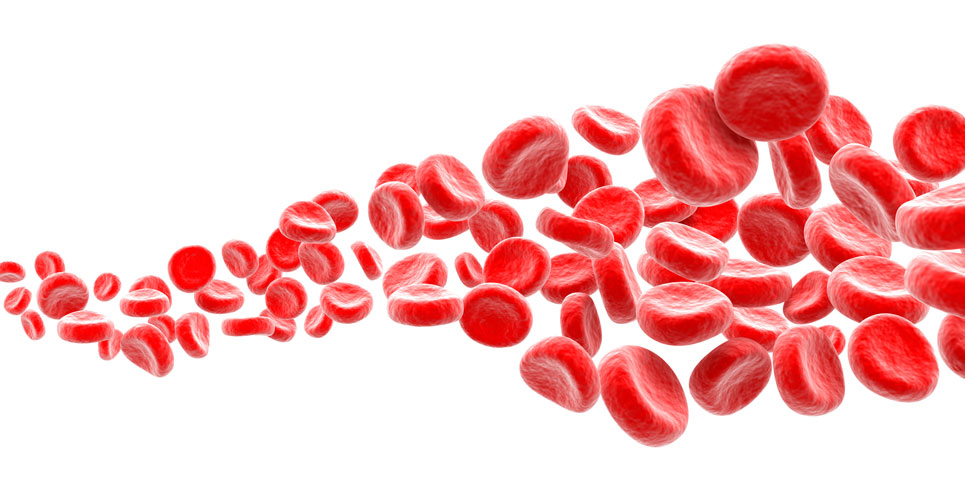The COVID-19 induced thromboembolic state has prompted researchers to examine whether use of oral anticoagulants could improve outcomes.
Infection with COVID-19 is known to be associated with increased coagulopathy, increasing the risk of bleeding and prompting the need to examine the potential value of intensified oral anticoagulant prophylaxis. While some preliminary data from an observational study suggests that both prophylactic and therapeutic anticoagulation may be associated with increased survival in COVID-19, further trials are warranted to confirm these benefits. With the optimal strategy still uncertain, a team lead by researchers from the Research Institute, Sao Paulo, Brazil, undertook a pragmatic, open-label, multi-centre, randomised, controlled trial to compare therapeutic and prophylactic anticoagulant therapy. The study was undertaken at 31 hospitals across Brazil and while this was an open-label trial, adjudicators were blinded to the treatment allocation. Included patients were hospitalised with a confirmed diagnosis of COVID-19 and had an elevated D-dimer concentration, defined as being above the upper limit of the normal range for the local laboratory. The aim of the trial was to compare therapeutic oral anticoagulation against prophylactic anticoagulation and patients were randomised, 1:1 to each regime. For the therapeutic anticoagulation, patients who were clinically stable, were treated with rivaroxaban (20mg daily) or enoxaparin (1mg/kg twice daily) for unstable patients, followed by rivaroxaban (20mg daily) for 30 days. The prophylactic anticoagulation regime, was standard in-hospital enoxaparin or unfractionated heparin. Patients were deemed to be clinical unstable if they had a COVID-19-related illness, a life-threatening condition or a requirement for mechanical ventilation. The primary efficacy outcome for the study was a hierarchical composite of time to death, duration of hospitalisation, or duration of supplemental oxygen use through to day 30 after randomisation. Results were calculated as a “win ratio” which is often used for the reporting of composite endpoints in clinical trials.
Findings
In total, 615 patients with a mean age of 56.6 years (40% female) and a mean body mass index of 30.3, were randomly allocated to each arm. The hierarchical analysis of the study endpoint was not statistically significant between the two groups (34.8% vs 41.3%, therapeutic oral anticoagulant use vs prophylactic use, p = 0.40). For example, the all-cause mortality relative risk was 1.49 (95% CI 0.90–2.46, p = 0.13). There was also no difference in the composite thrombotic outcomes (i.e., combined venous thromboembolism, deep vein thrombosis and pulmonary embolism) with a relative risk of 0.75 (95% CI 0.45–1.26, p = 0.32). However, the use of rivaroxaban did result in a significant increase in major bleeding (RR = 3.64, 95% CI 1.61 – 8.27, p = 0.001).
In a discussion of their findings, the authors suggested that given how use of the oral anticoagulant, rivaroxaban produced a higher incidence of bleeding, oral anticoagulants should be avoided in patients with COVID-19 unless there is a clear indication for oral anticoagulation. They concluded that the therapeutic use of anticoagulants did not improve clinical outcomes compared with standard and prophylactic use of anticoagulation.
Citation
Lopes RD et al. Therapeutic versus prophylactic anticoagulation for patients admitted to hospital with COVID-19 and elevated D-dimer concentration (ACTION): an open-label, multi-centre, randomised, controlled trial. Lancet 2021

